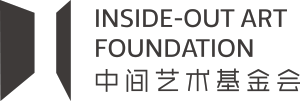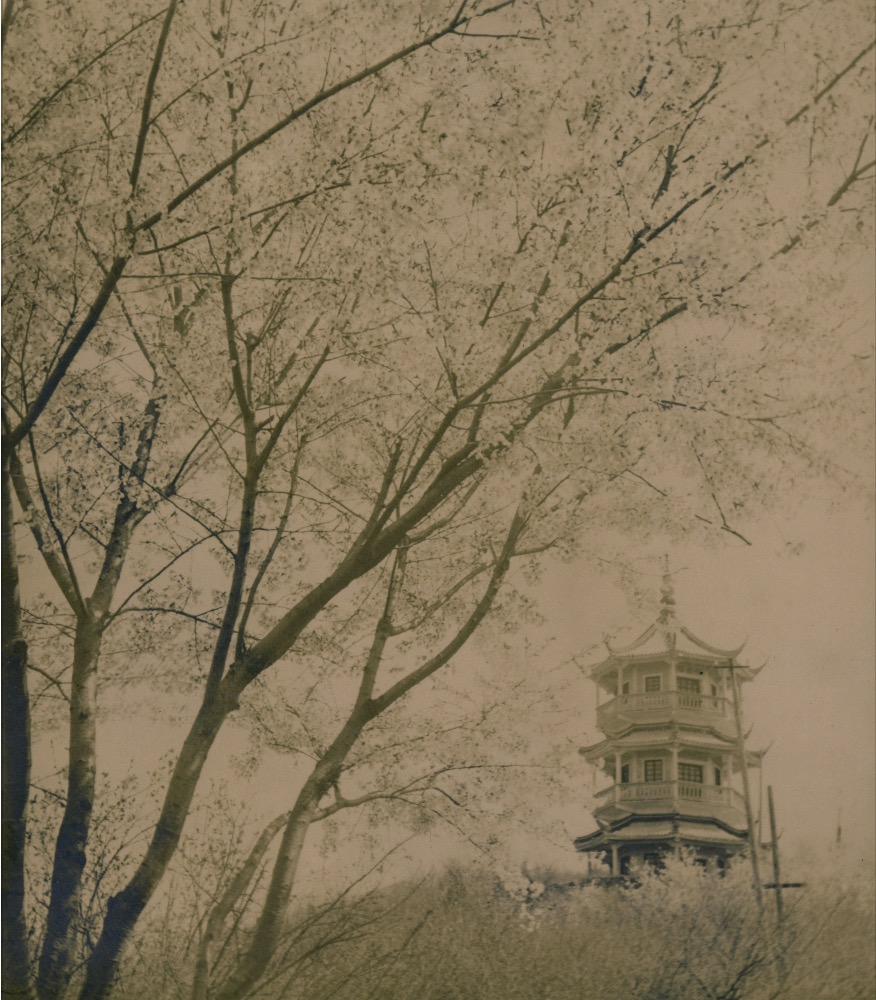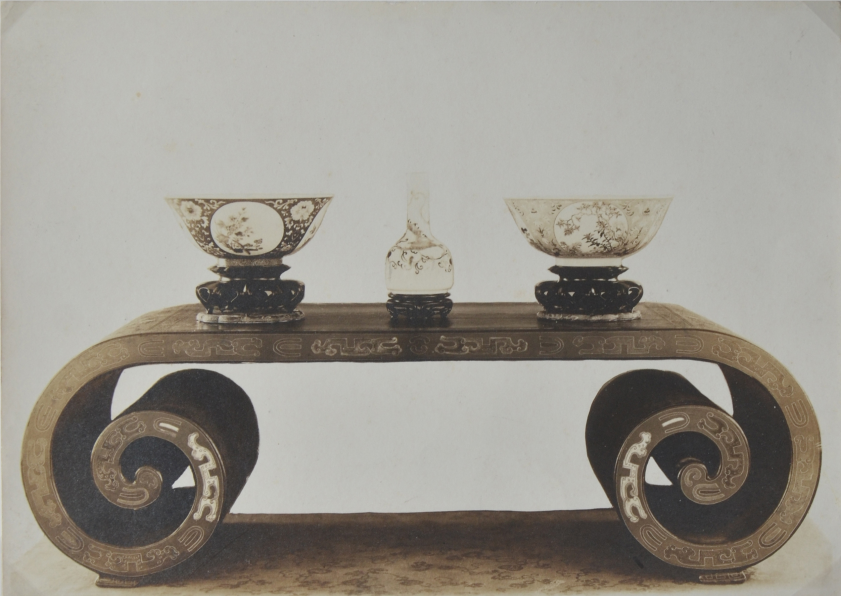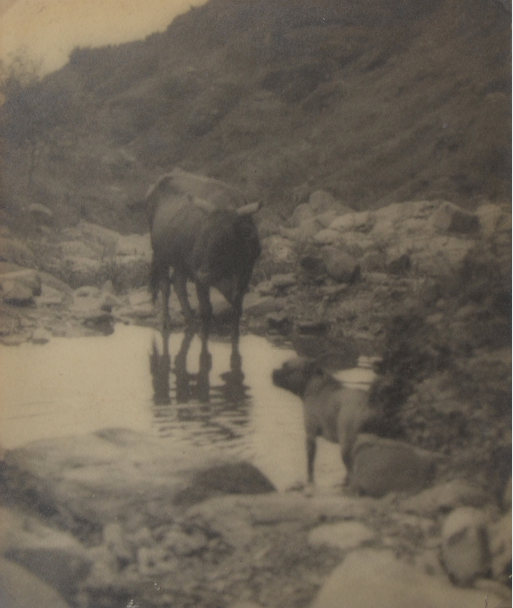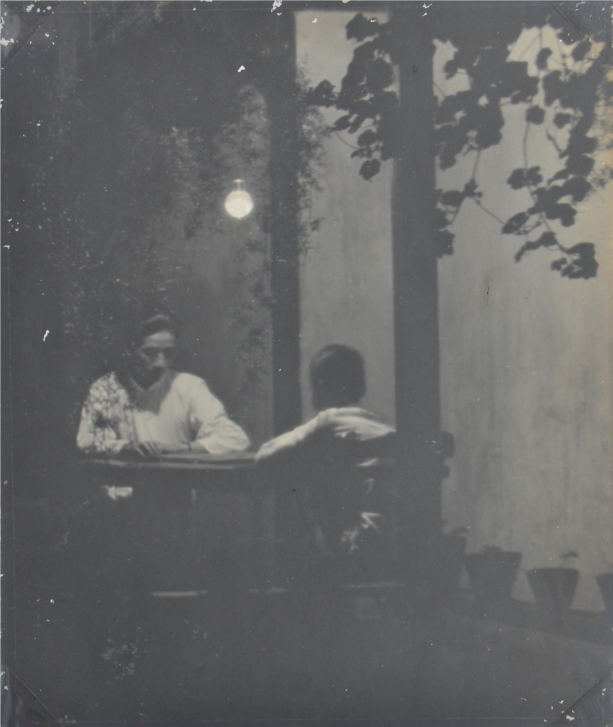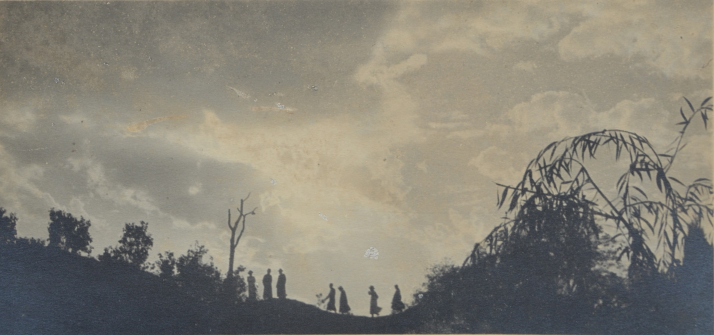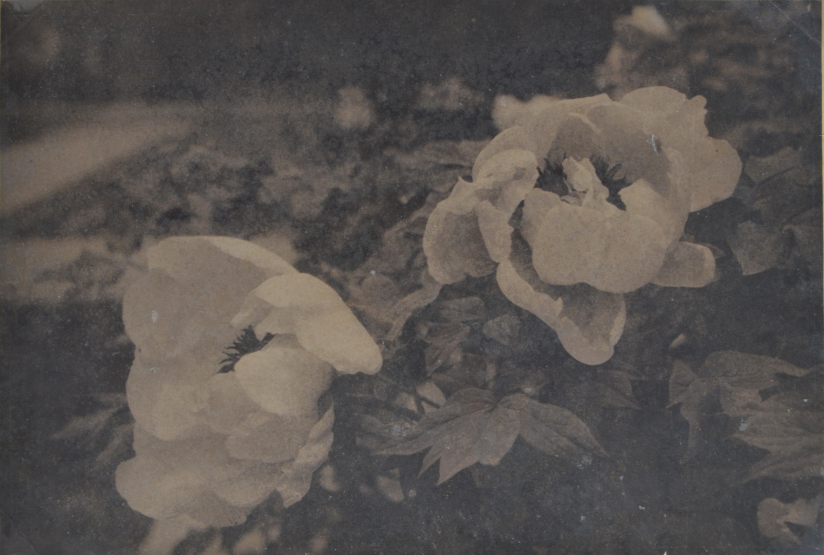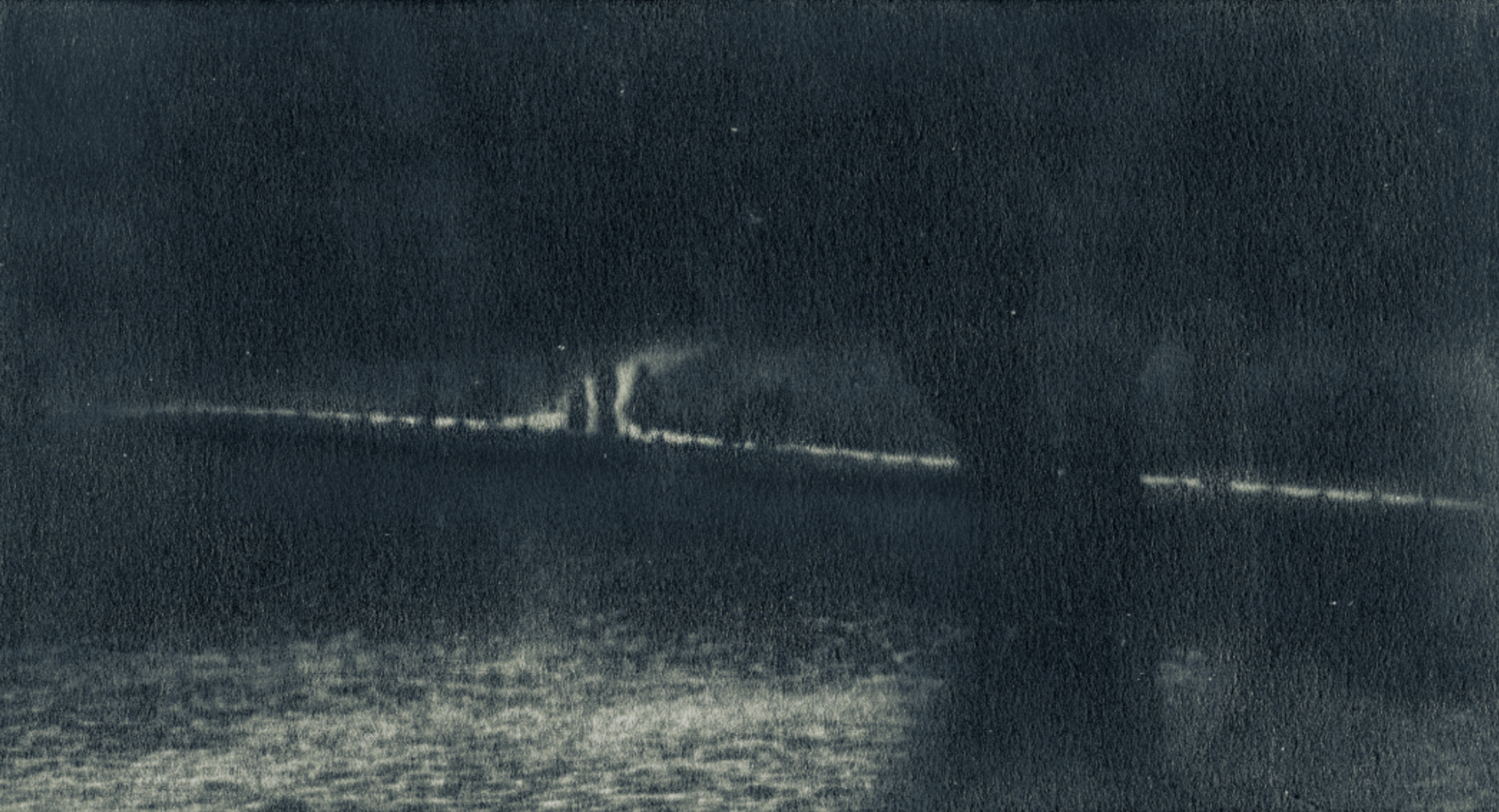
This exhibition traces the decade-long practice of the photography society Guangshe (1923–1934). Founded in Beijing a hundred years ago, Guangshe was an art society formed by a group of educated amateur photographers from Peking University. The society’s history demonstrates the pioneering artistic explorations of the new intellectual class using photography as a medium and the ideological impetus that drove their artistic orientation during the transition period in modern Chinese history. Part of the rapid and profound cultural changes of this period, it is a remarkable case study of Chinese intellectuals’ search for a new order in the face of a double crisis. On the occasion of the 100th anniversary of the founding of Guangshe, we organized the exhibition Road to Enigma and Profundity, revolving around works by Guangshe members. In the exhibition, we also make use of a variety of contemporary pictorial publications related to photography, as well as the works of individual photographers who followed their interests in the humanities or other personal preferences, in an attempt to outline the humanistic and artistic shifts in photography practice in China during the 1920s and 1930s, as well as the bigger picture behind them.
In autumn 1923, as the May Fourth Movement’s radicalism waned, Peking University saw the birth of the Art Photography Research Association.In the following year, it was renamed Guangshe, literally “the society of light.” At its peak, the society had more than twenty members. They explored complex potentials of photography, gradually developing it into a medium of art and a vehicle for self-expression. The founding of Guangshe was an important catalyst for the introduction and development of art photography in China. Their annual exhibitions from 1924 to 1930 attracted considerable attention. The members of Guangshe were mostly intellectuals. Knowledgeable in their respective fields, they were not only good at exploring various photography techniques and forms, but conceptually they also regarded photography as an artistic endeavor, advocating and fully practicing pictorial photography. Chen Wanli and Liu Bannong, the two key figures of the society at different times, both shifted their focus to using photography as a tool for academic research in their later years; in their practice, they applied the visual aesthetics of pictorial photography to photojournalism, rendering the latter more artistic. This transition also allows us to see the responsibility that the intellectuals of Guangshe felt on their shoulders concerning the fate of the country.
The title of the exhibition, Road to Enigma and Profundity, comes from the inscription that Liu Bannong wrote at the back of his photograph in 1926: 幽玄 (enigma and profundity) originates from the ancient Chinese imagination of the otherworldly. 幽, made up of 山 (mountain) and 幺幺 (flames), symbolizes flickering fires in a mountain or ropes leading to the heavenly realm. On the other hand, 玄, converted from the Chinese bronze inscription 幺, means a reddish black color that looms in the distance and stands among the core words in Taoist philosophy. The juxtaposition of the two comes from the “synonymous conjunction” in rhetoric. With the passage of time, the phrase gradually began to be secularized as a word expressing things or emotions that are “abstruse and undecipherable,” “esoteric and unpredictable,” and “ambiguous and vague,” acquiring the meaning of value judgment. This photograph titled “Road to Enigma and Profundity” features a dark, hazy image where a path looms in the distance, leading to no particular destination. We might as well interpret this work and the inscription as Liu’s ideal of exploring “the darkest place of concrete beauty” in the turbulent and gloomy current situation. We can also regard it as a symbol of the depression of intellectuals living in the ivory tower in the face of the ups and downs of the social situation in the 1920s.
In late December, 2023, we present the exhibition Guangshe and the Artistic Turn of Photography in the Early 20th Century. For the first time, the exhibition shows more than 40 original works by members of the Guangshe, the original documents of the founding of Guangshe, more than 20 original works by their contemporaries, and other photographic documents, including European, American, and Japanese photographic almanacs and publications of the early 20th century. In this way, we pay tribute to the artistic pursuits of China’s early photographic practitioners. From their practice, we can also see that during the period of China’s modern transformation, intellectuals developed a path from photographic practice to connect thought and reality. In order to bring photography into the realm of art, early photographers drew on traditional Chinese literati paintings to abstract real life, exploring the infinite “Tao” by breaking through the concrete “image,” and then expanding the aesthetic significance of realistic images. They then extended the aesthetic significance of the realistic images, and thus, were able to carry out artistic explorations full of humanistic connotations in a dynamic manner.
Peking University, during Cai Yuanpei’s tenure, was an experimental ground for promoting the popularization of northern aesthetic education from universities to society. Artistic elites from the south and those who had returned from studying overseas gathered here, and academic research societies were established in various art categories. The introduction of scientific spirit and methods has led to the revival of northern art world, and Peking University campus has become the initial place for photography enthusiasts to gather and hold exhibitions. Founded in 1923, Guangshe proposed that “purpose of exchanging knowledge and studying art.” Mr. Chen Shen, the retrieval and senior researcher of history of Guangshe, summarized many “firsts” and “bests” for Guangshe: China’s first and longest-standing folk photography art society; the first photography salon organized spontaneously by scholars; published China’s first photography yearbook, first personal art collection and first photography theory monograph; created China’s first generation of photography artists; and etc.
Photography historian, author of History of Chinese Photography 1840-1937, Chronicle of Guangshe
Artistic Directors
卢迎华 Carol Yinghua Lu
Art historian and director of Inside-Out Art Museum
周邓燕 Zhou Dengyan
Photography historian, currently teaching at the Department of Photography of Beijing Film Academy
Curatorial Team
Photography collector, researcher of Chinese photography history
朱祈桦 Zhu Qihua
Independent curator
管陶然 Rory Guan
Associate director of Research and Curatorial Department at Beijing Inside-Out Art Museum
那荣锟 Na Rongkun
Curatorial assistant of Inside-Out Art Museum
曹立瑶 Cao Liyao
Exhibition assistant of Inside-Out Art Museum
Exhibition Photos






View the Exhibition Online
Exhibition Brochure
An electronic version of the exhibition brochure is available for viewing. Click here to download
Exhibition Guide
Exhibition Date
23 December, 2023 – 14 April, 2024
Exhibition Time
Wed.-Fri. 11:00-18:00
Sat.-Sun. 10:00-18:00
Last Entry
17:30
Exhibition Location
Beijing Inside-Out Art Museum, No.50 Xingshikou Road, Haidian District, Beijing
Ticket Price
Regular Ticket: 20 RMB per person
Concession: 10 RMB per person
Concessions applied to the following audience members:
Students and teachers, with student ID and teacher ID.
Language
Chinese, English
Barrier-free Access
We provide barrier-free access. Please make an appointment by telephone in advance. Tel: (010) 62730230
Sponsors
